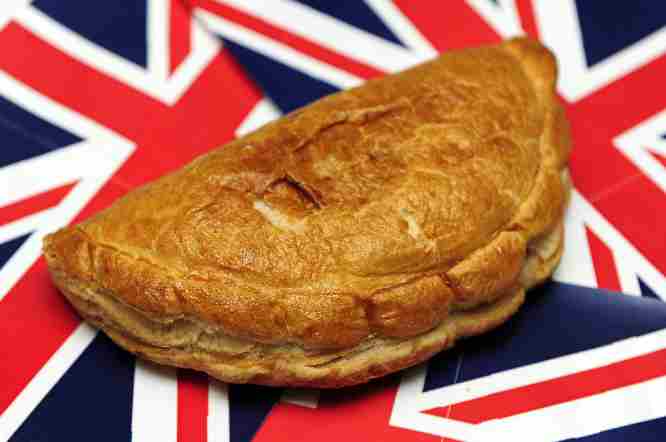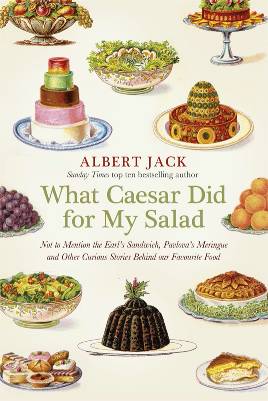The earliest written description of a meat and vegetable pasty dates from the reign of Henry III (1207–72) and Chaucer refers twice to venison pasties in the fourteenth-century Canterbury Tales.
Originally a luxurious dish enjoyed by the nobility, who discarded its tough outer pastry to eat the tender filling, the pasty was a humbler version, made with whatever vegetables and meat were available, and extremely popular among working people from the sixteenth century onwards.
But of course the pasty is principally associated with Cornwall, attaining this identity over the last two hundred years.
Indeed, it was already regarded as traditional Cornish fare in the beginning of the nineteenth century and described as such in Worgan’s Agricultural Survey of the county in 1808.
The Cornish were famous fishermen and notorious smugglers but the industry that really supported their economy was tin mining.
This was harsh and dangerous work and Cornish pasties suited the conditions of the mines perfectly. The thick pastry acted as part thermos, part lunchbox, keeping the contents of the pasty secure and warm.
The pasties were easy to carry and, full of meat, vegetables and carbohydrate, they were a meal in themselves, providing the miners with enough energy to pass a gruelling day down the pit.
Often one end of a pasty would also contain fruit or jam, by way of a dessert. Housewives used to make one for each member of the household and mark their initials on one end of the pasty, thus avoiding many a lunchtime fist fight at the pit head.
And when it comes to how Cornish pasties could save your life … there was a superstition among miners that it was unlucky to eat the thick crimped crust and it should be thrown to the ‘knockers’ (the spirits of the tin mines).
As so often with superstitions, there was a practical reason lurking behind this one: miners used the crust as a handle to hold the pasty while they ate it and so avoided transferring arsenic, a deadly poison present in the mines, from their hands and into their food.
When foreign competition put Cornish mining out of business in the late nineteenth century, workers were forced to emigrate to America, Australia and South Africa.
In the first six months of 1875, no fewer than ten thousand Cornish miners boarded the boat towards a new life and they took their Cornish pasty with them all over the globe. – Albert Jack
Albert Jack AUDIOBOOKS available for download here
More Food History with Albert Jack










































